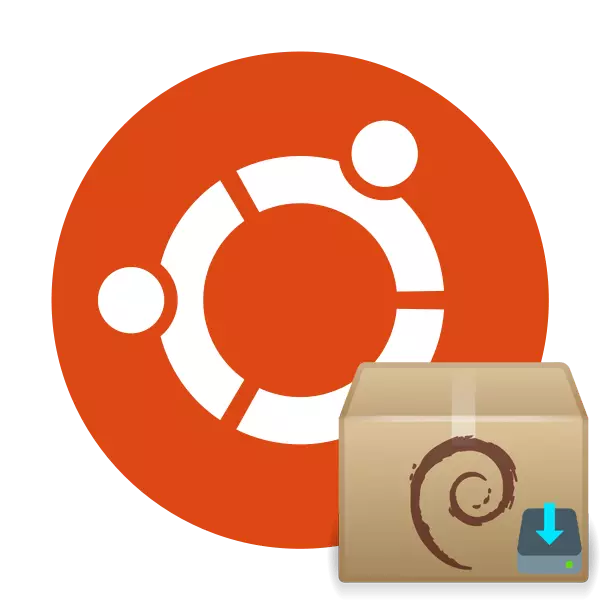
DEB format files are a special package designed to install programs in Linux. Using this method of installation of software will be useful when it is impossible to access the official repository (storage) or it is simply absent. Methods for performing the task there are several, each of them will be maximally useful to specific users. Let's analyze all the methods for the Ubuntu operating system, and you, based on your situation, select the best option.
Install Deb Packages in Ubuntu
Immediately, I would like to note that such an installation method has one significant drawback - the application will not automatically be updated and you will not receive notifications about the new version released, so you will have to regularly view this information on the official website of the developer. Each method discussed below is fairly simple and does not require additional knowledge or skills from users, just follow the instructions given and everything will fail.Method 1: Using a browser
If you do not have a downloaded package on your computer, but there is an active Internet connection, download it and immediately run it very easily. In Ubuntu, the default web browser Mozilla Firefox is present, let's consider the entire process on this example.
- Run the browser from the menu or taskbar and go to the desired website where the recommended DEB format package should be found. Click on the appropriate button to start downloading.
- After the pop-up window appears, mark the "Open B" item, select "Installing applications (default)", and then click on "OK".
- The installer window will start, in which you should click on "Install".
- Enter your password to confirm the start of the installation.
- Expect to complete the unpacking and add all the necessary files.
- Now you can use the search in the menu to find a new application and make sure that it works.
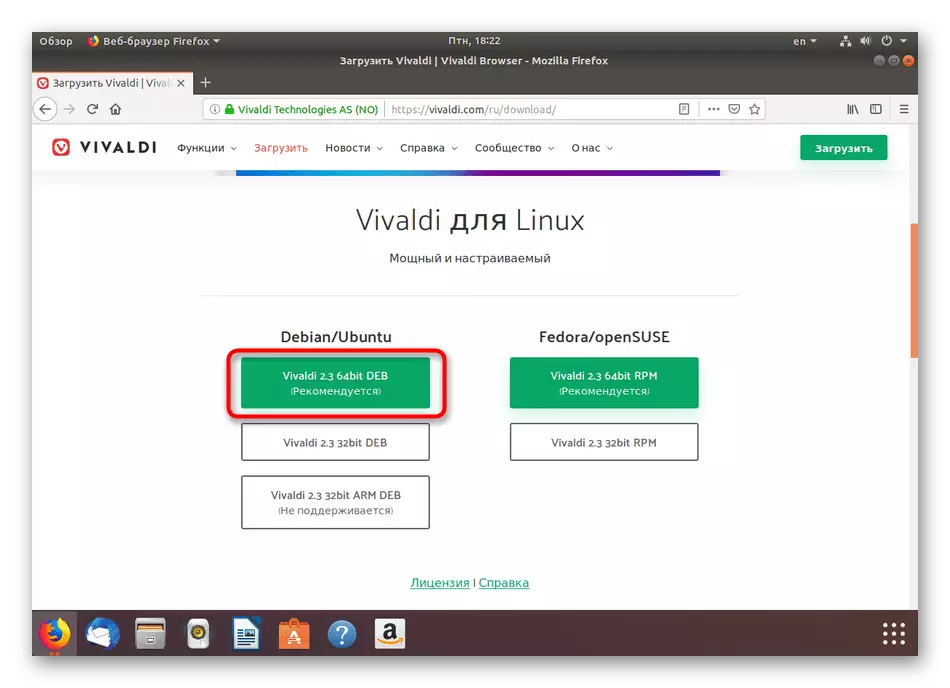

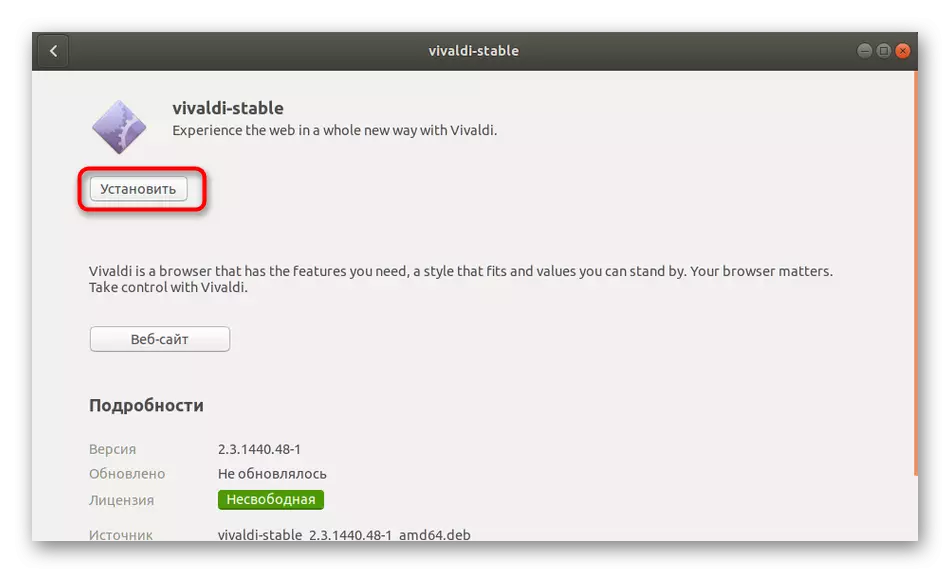
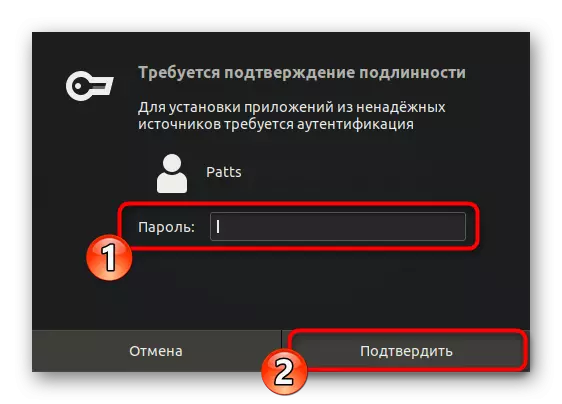
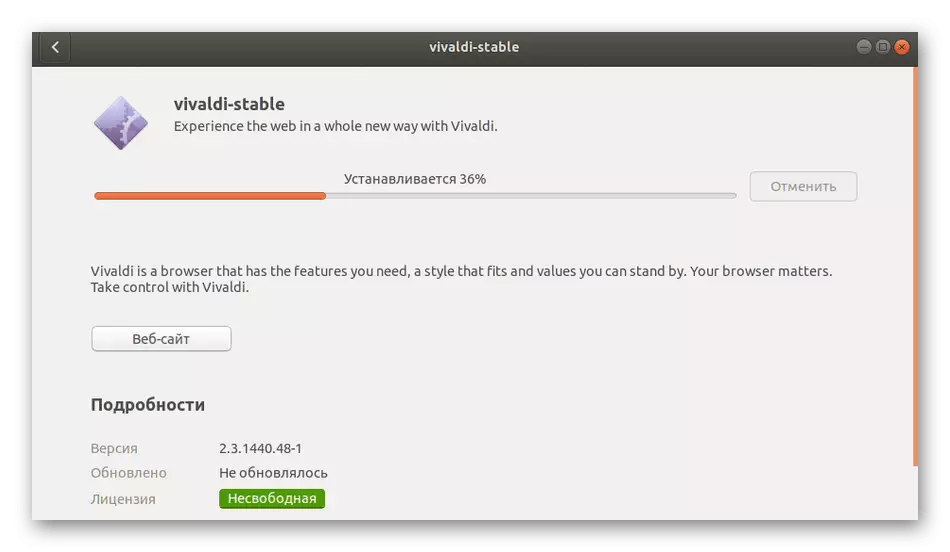

The advantage of this method is that after installation on the computer, it does not remain unnecessary files - the Deb package is immediately removed. However, the user does not always have access to the Internet, so we advise you to get acquainted with the following ways.
Method 2: Standard Application Installer
The Ubuntu Shell has a built-in component that allows you to install applications purchased into deb packets. It can come in handy in the case when the program itself is on a removable drive or in a local storage.
- Run "Package Manager" and use the left navigation pane to go to the software storage folder.
- Right-click on the program and select "Open to install applications".
- Specify the installation procedure similar to the one we have considered in the previous method.
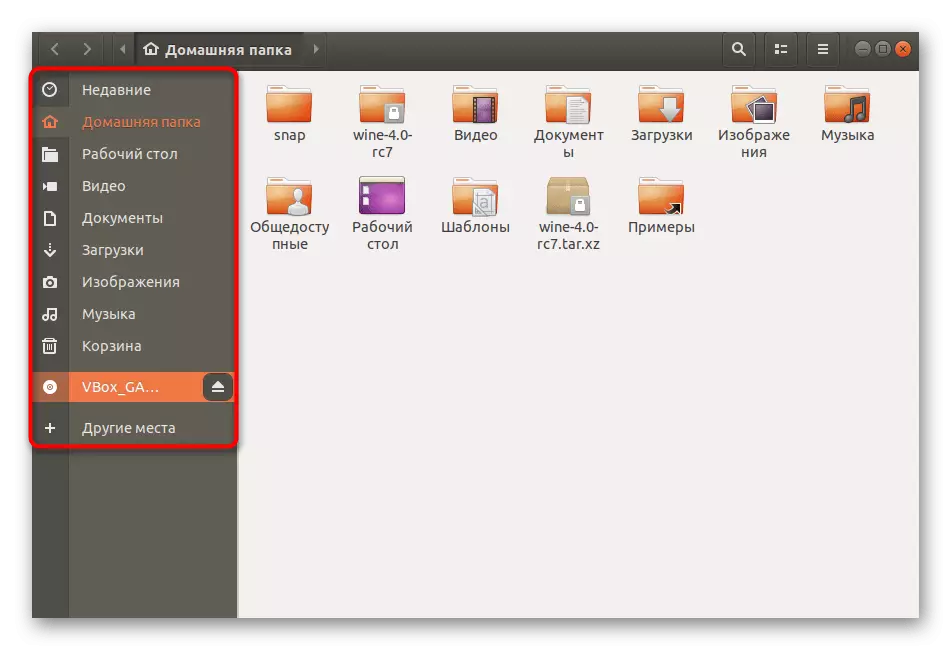
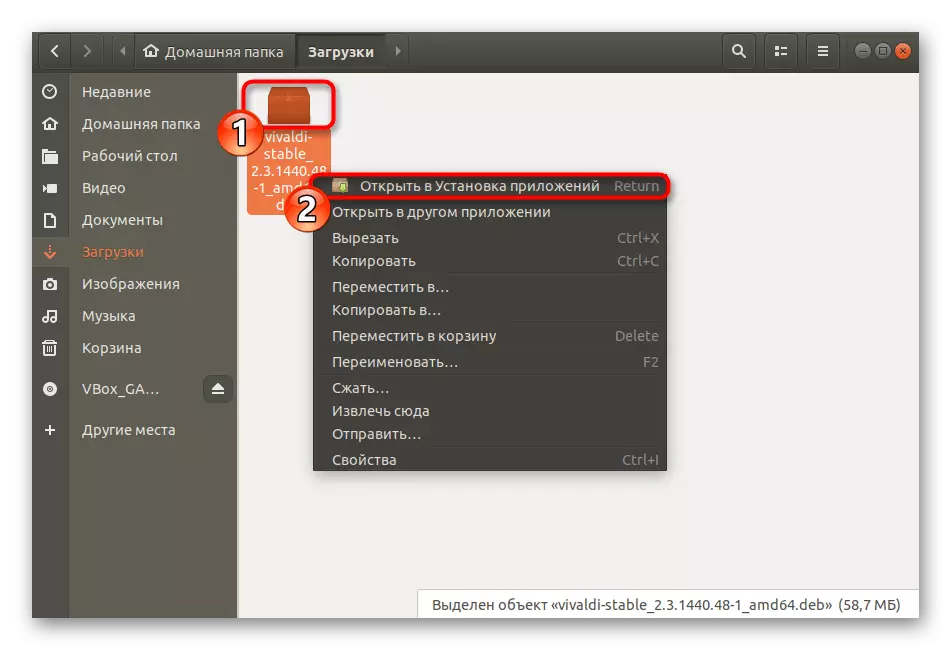
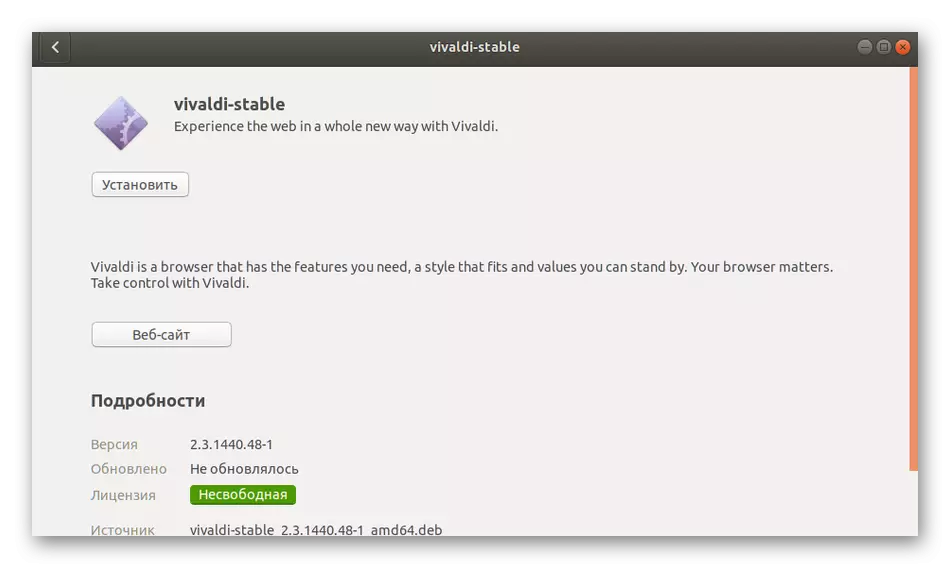
If there are any errors during installation, you will have to set the execution parameter for the required package, and it is literally a few clicks:
- Click on the PCM file and click on the "Properties".
- Move into the "Rights" tab and check the "Allow File File as Programs" checkbox.
- Repeat the installation.
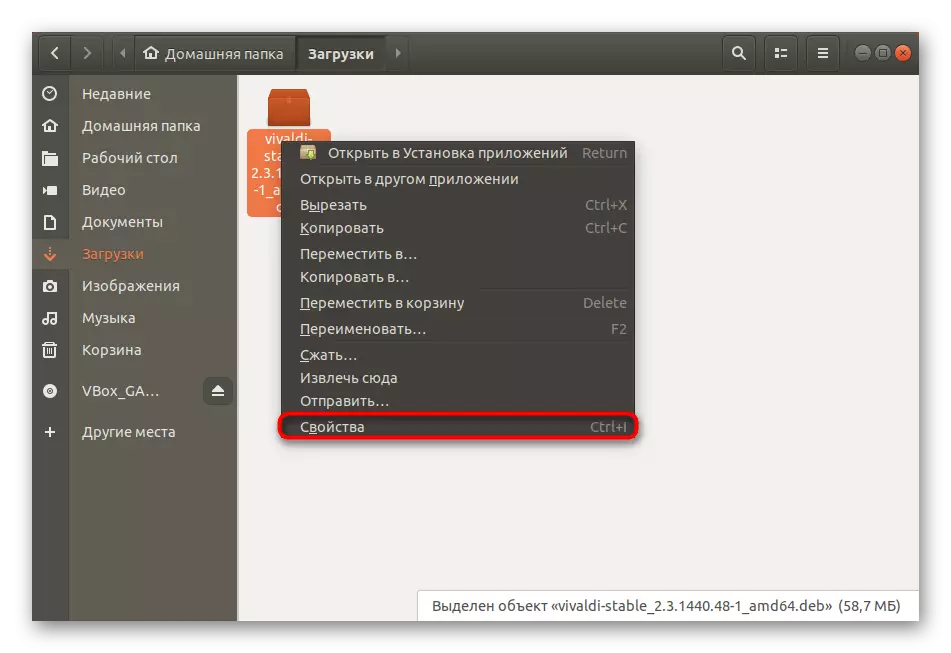

The capabilities of the considered standard tool are sufficiently cut off, which does not suit a certain category of users. Therefore, we specifically advise them to refer to the following methods.
Method 3: GDEBI utility
If it happened that the standard installer program does not function or it simply does not suit you, you will have to install additional support to carry out a similar unpacking procedure of DEB packages. The most optimal solution will be the addition of the GDEBI utility in Ubuntu, and it is done by two methods.
- First, we'll figure it out how to make this turn "Terminal". Open the menu and run the console or click the PCM on the desktop and select the appropriate item.
- Enter the Sudo Apt Install GDEBi command and click on ENTER.
- Enter the password for the account (symbols when entering will not be displayed).
- Confirm the operation by changing disk space due to adding a new program by selecting the D. option
- When GDEBi is added, a string will appear for input, you can close the console.
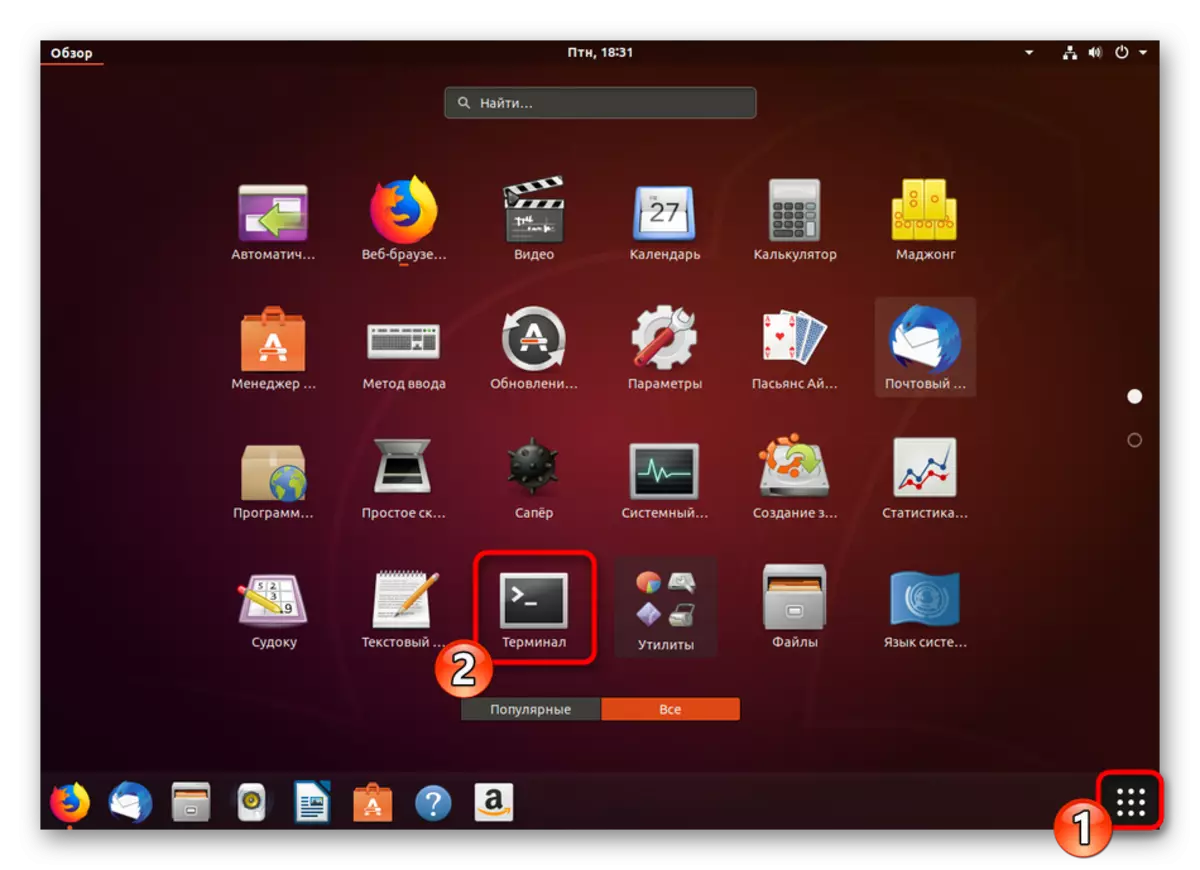
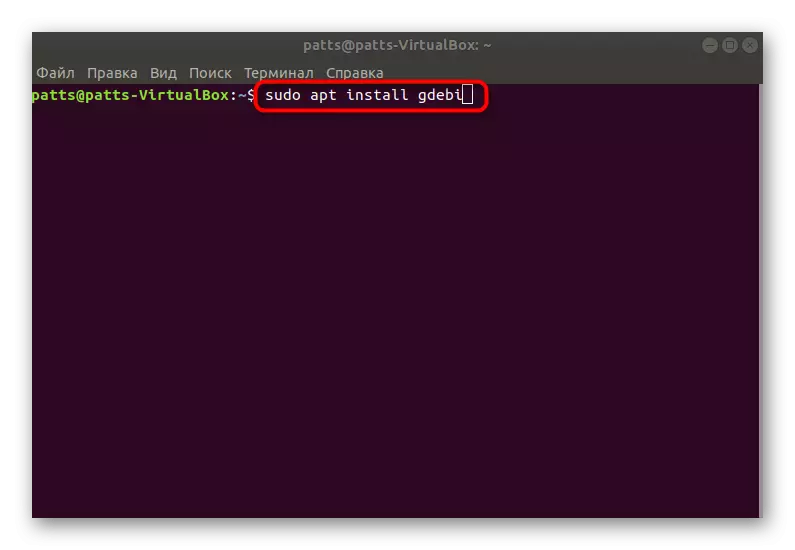

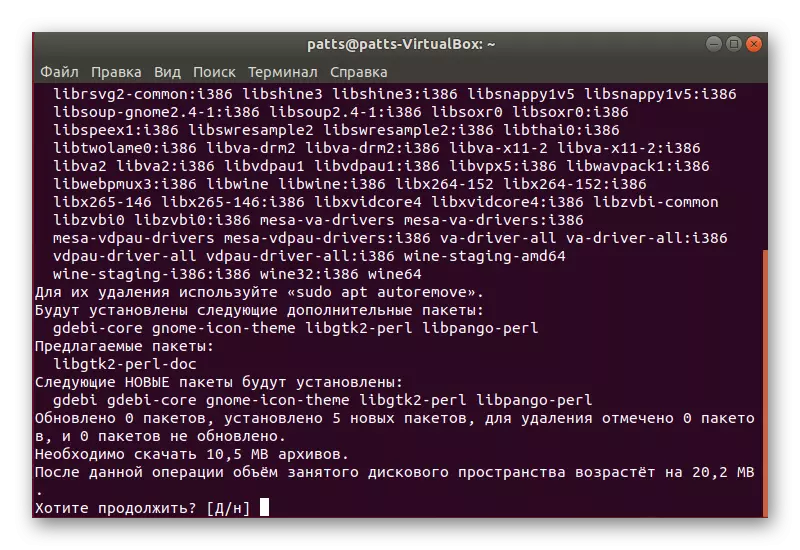
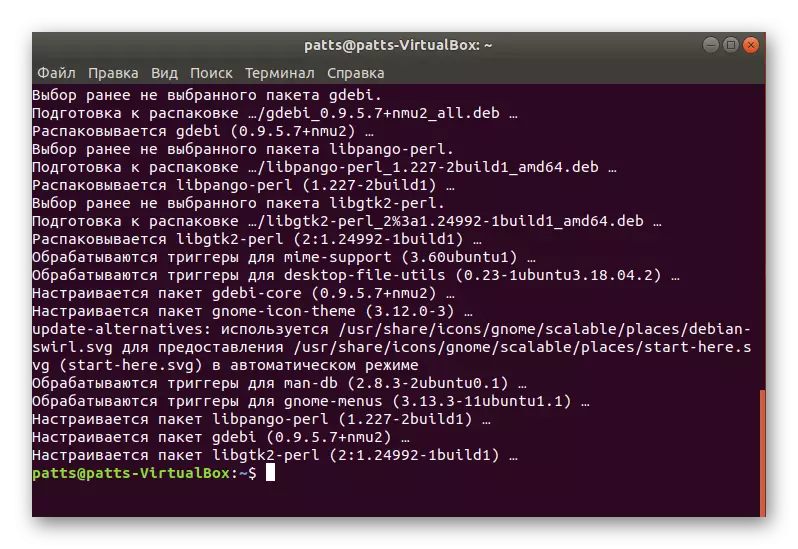
Adding GDEBI is available and through the application manager, which is performed as follows:
- Open the menu and run the Application Manager.
- Click on the search button, enter the desired name and open the utility page.
- Click on the Install button.

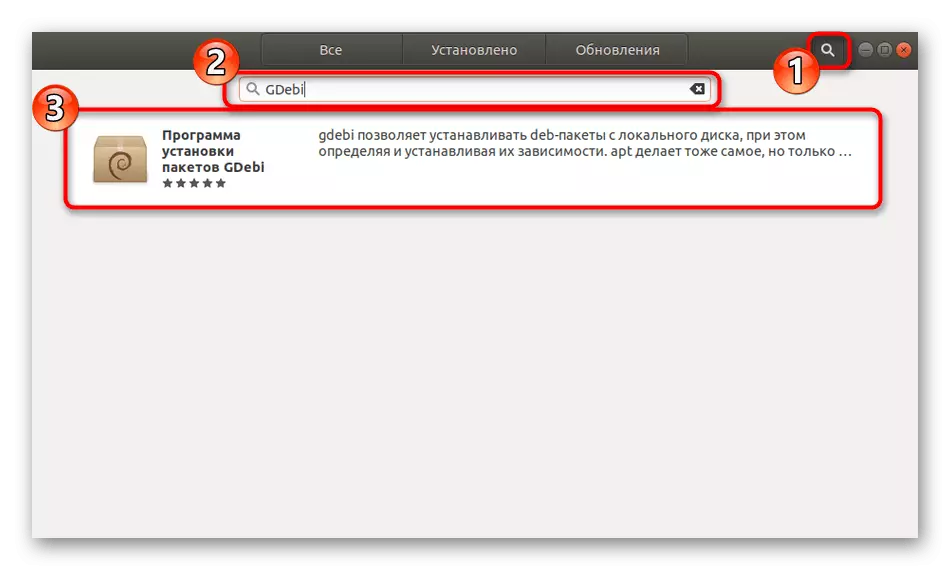
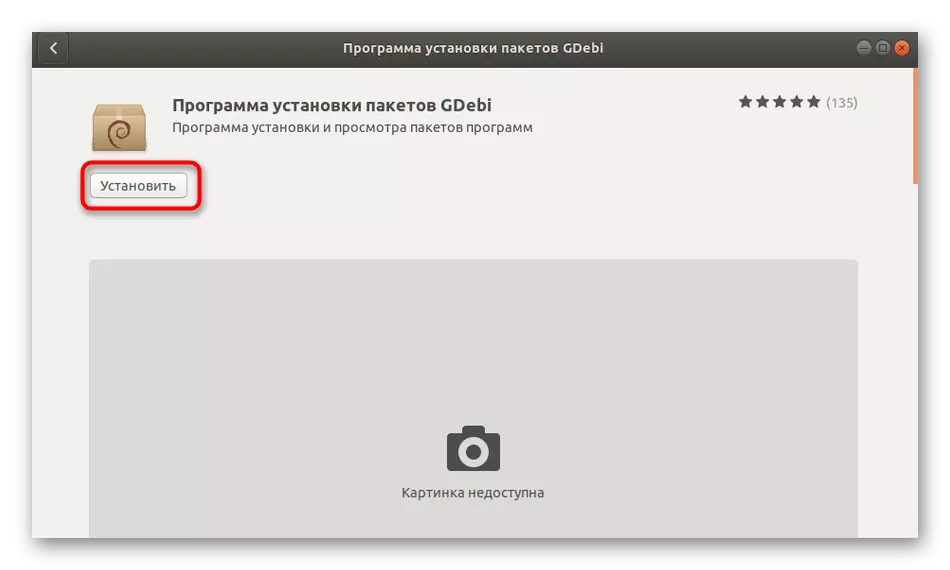
On this addition, add-ons are completed, it remains only to select the necessary utility for unpacking a Deb package:
- Go to the file folder, click on the PKM and find "Open in another application" in the pop-up menu.
- From the list of recommended applications, select GDEBI, clicking on the LX string twice.
- Click on the button to start the installation, after which you will see new features - "Reinstall the Package" and "Delete Package".
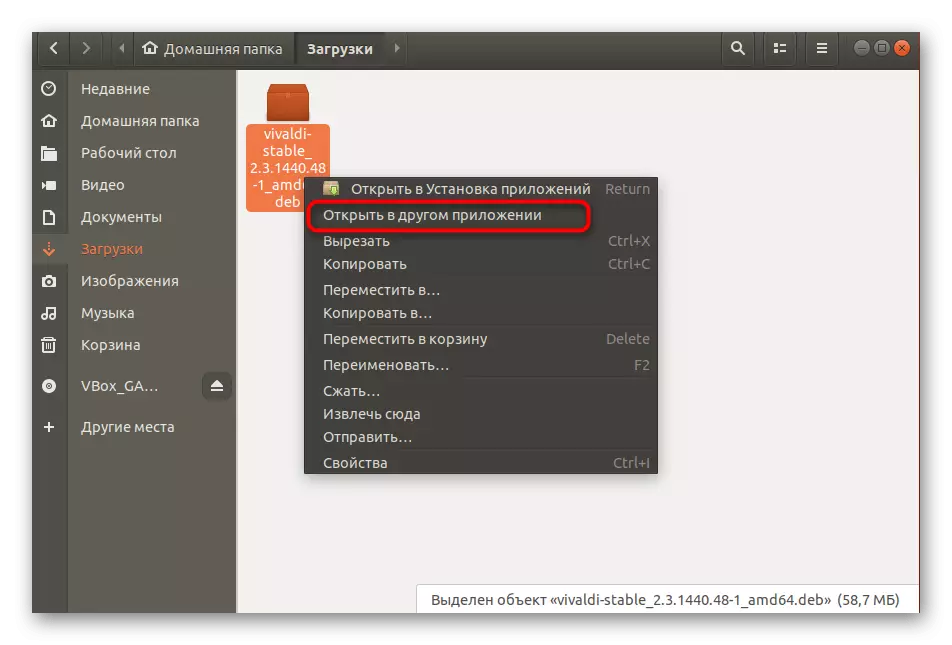
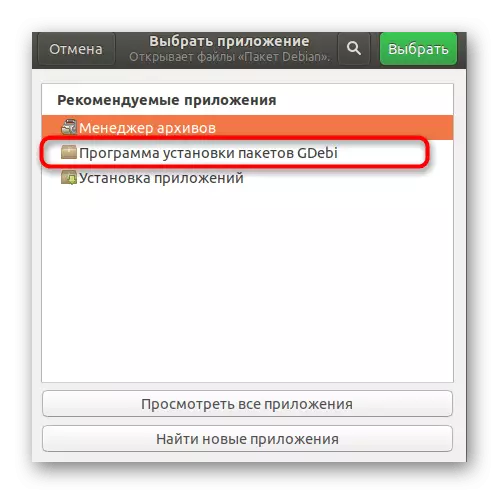
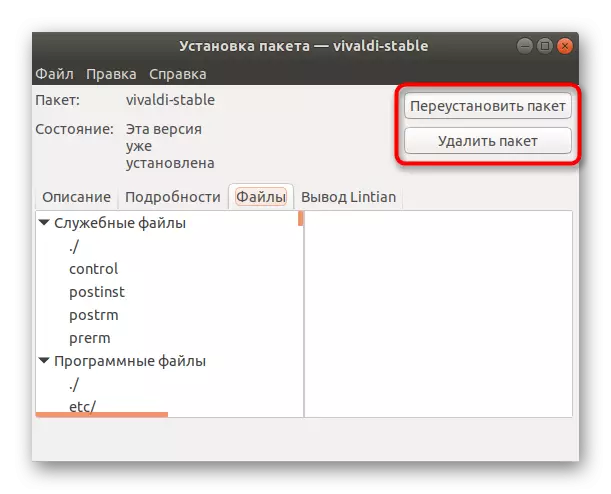
Method 4: "Terminal"
Sometimes it is easier to use the familiar console, entering only one command to start the installation, rather than wander through folders and use additional programs. You can make sure that there is nothing complicated in this method, reading the instructions below.
- Go to the menu and open the "Terminal".
- If you do not know by heart the path to the desired file, open it through the manager and go to "Properties".
- Here you are interested in the "Parent Folder" item. Remember or copy the path and return to the console.
- The dpkg console utility will be used, so you need to enter only one command sudo dpkg -i /home/user/ software/name.deb, where Home - Home Directory, User - Username, Programs - Folder with Saved File, and Name.Deb - Full file name, including .deb.
- Specify your password and click on ENTER.
- Expect installation completion, then you can switch to the use of the necessary application.
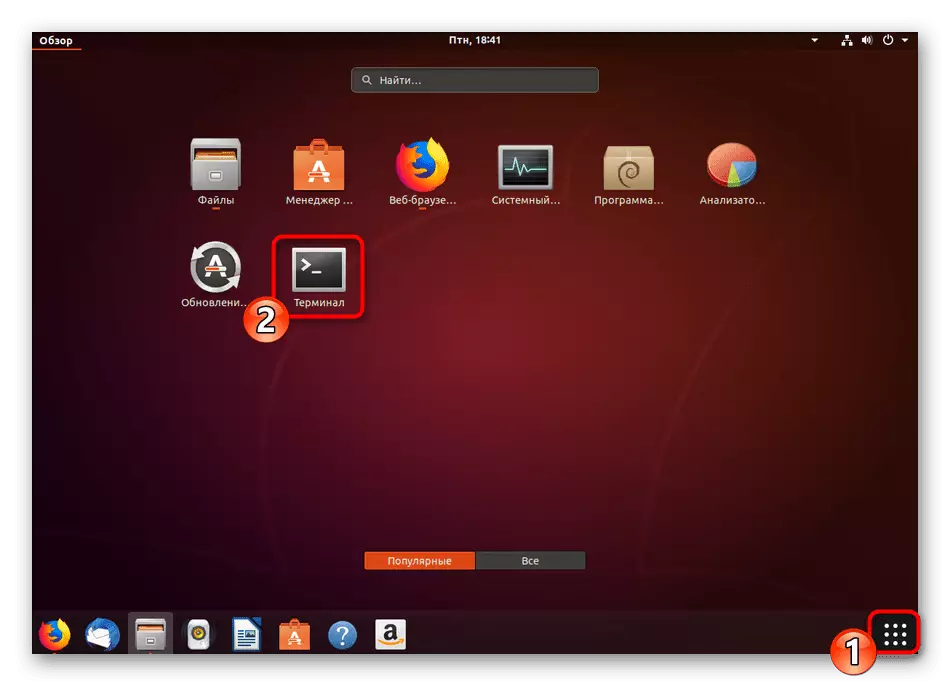
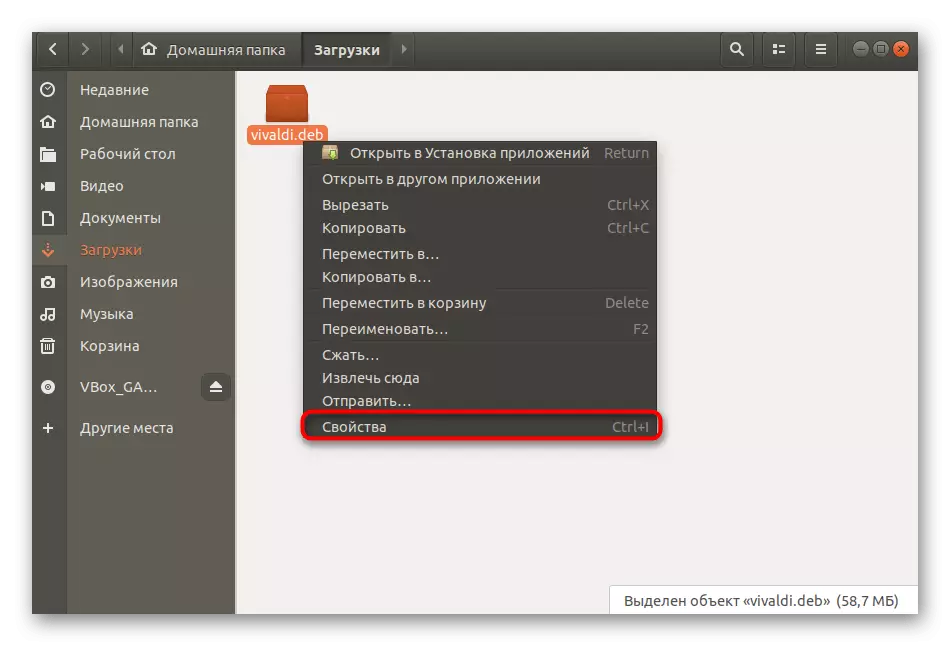

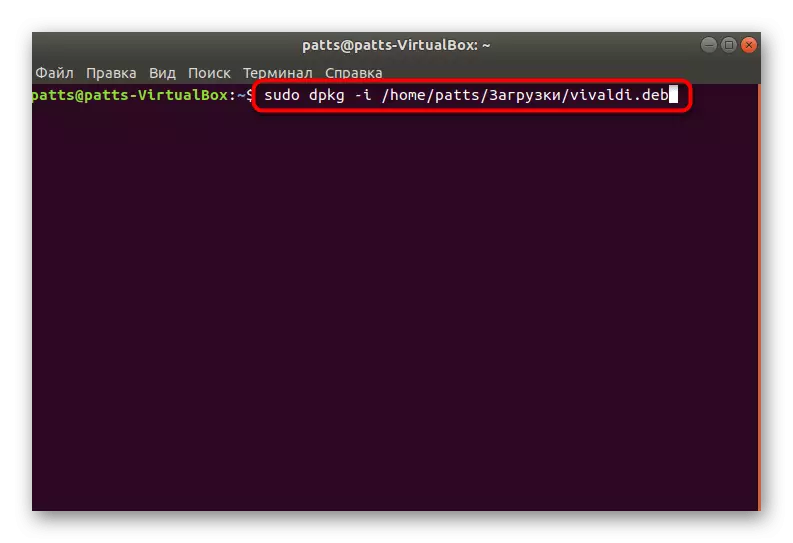
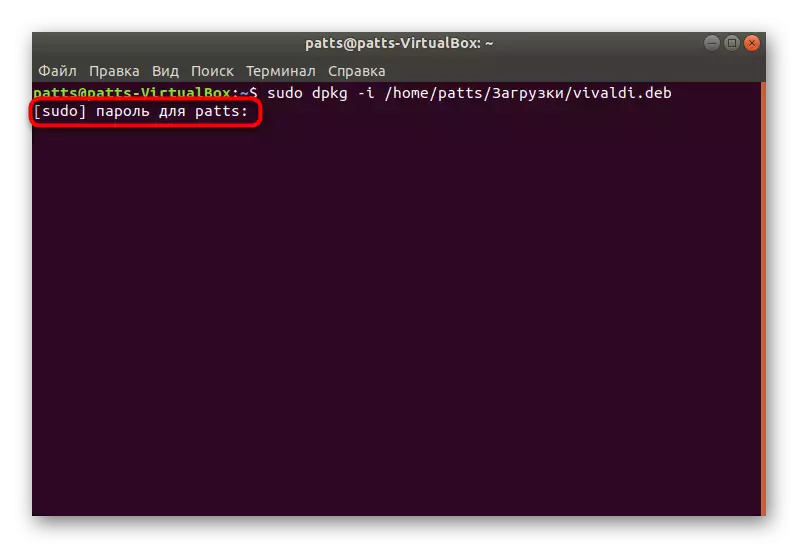
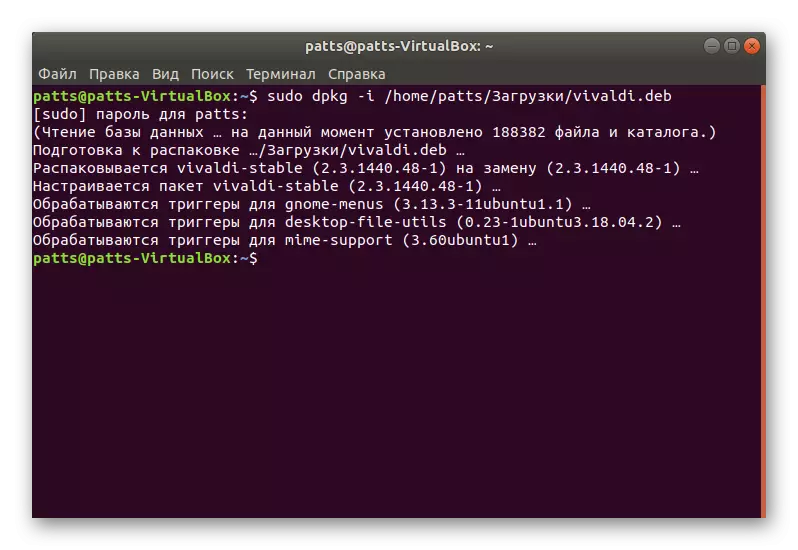
If you have errors during installation during installation, try to use another option, and carefully study the error codes, notifications and various warnings that appear on the screen. This approach will allow you to immediately find and correct possible malfunctions.
